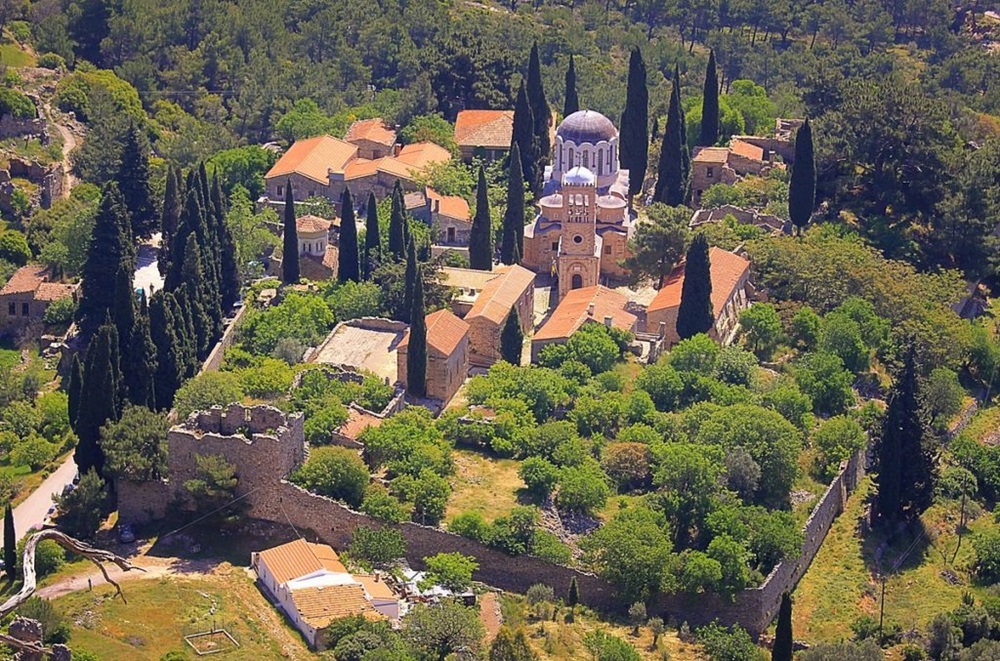
A restoration project of the defensive tower and the fortification enclosure of the building complex of the Nea Moni in Chios, a prominent monument of the 11th century, inscribed in the UNESCO World Heritage List, is being carried out by the competent Ephorate of Antiquities.
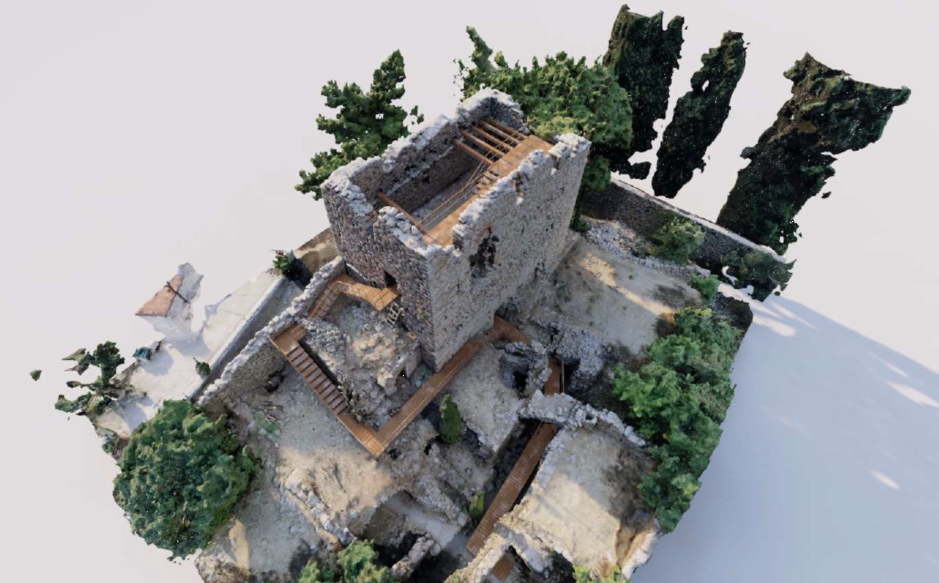
The Minister of Culture, Lina Mendoni, said among other things: ‘With the interventions that are underway, the outstanding Byzantine monument and historical landmark of Chios, of international importance, is made accessible and visitable in its entirety. The specific interventions are part of a set of projects that serve the overall strategic planning of the Ministry of Culture for the promotion and display of the extremely important cultural heritage of the islands of the northern Aegean in the long historical period. Our goal is for the projects to be completed in 2025, to be returned to the island’s residents, contributing to the improvement of the quality of life, enhancing the competitiveness of the tourism product, investing in the sustainable development of the island ecosystem.”

Nea Moni was founded in the middle of the 11th century with imperial sponsorship.

Until the second world war the monastery was a male monastery. In 1946, after the death of the last monk, the monastery was deserted, until 1950, when the Metropolis of Chios, in an effort to keep the monastery alive, converted it into a women’s monastery, so nuns settled in it. In 2000, the Nea Moni was declared an archaeological site of great extent as it includes the walled monastic complex, the buildings outside the enclosure, the cemetery church of the monks outside the wall, two churches belonging to the monastery and located a short distance from it, the Church of St. Anthony and the Church of St. Fanourios, cultivated land, as well as large wooded areas.
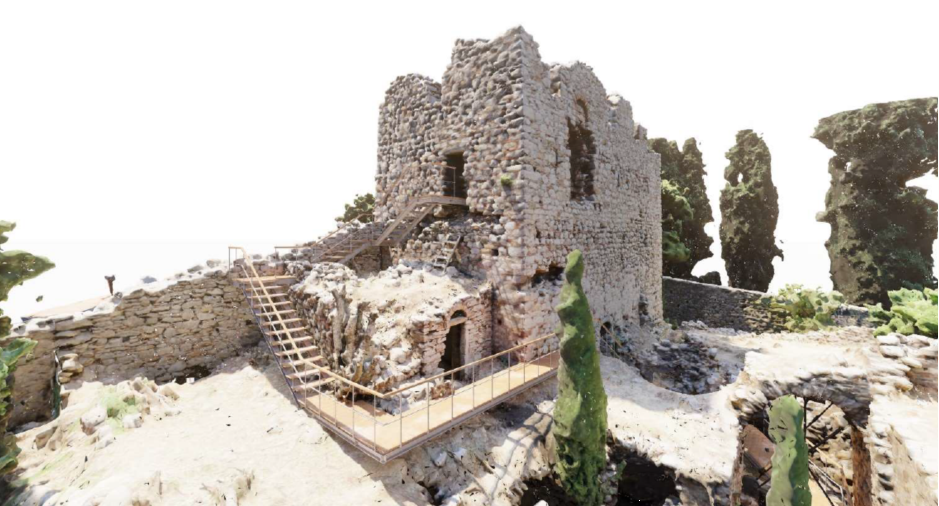
In 1990 it was included in the UNESCO World Heritage List. Since 2014 it has been operating as a monastery.


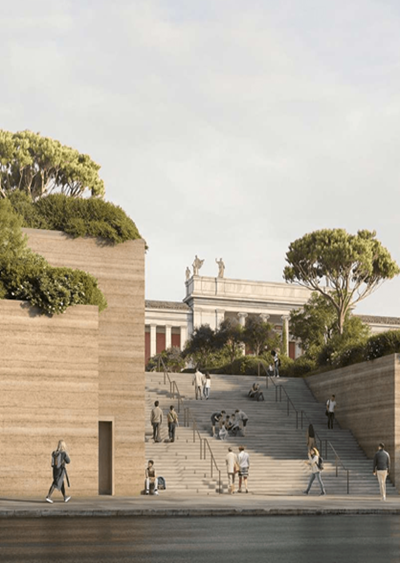
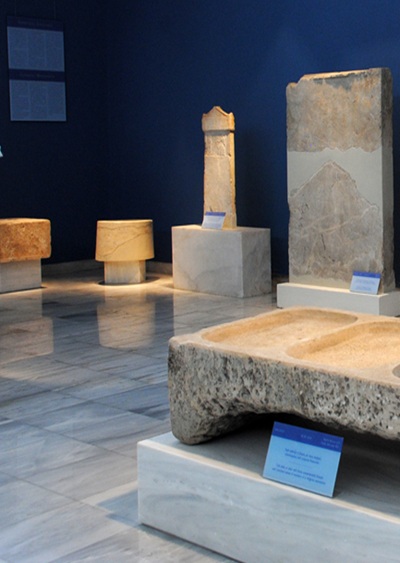
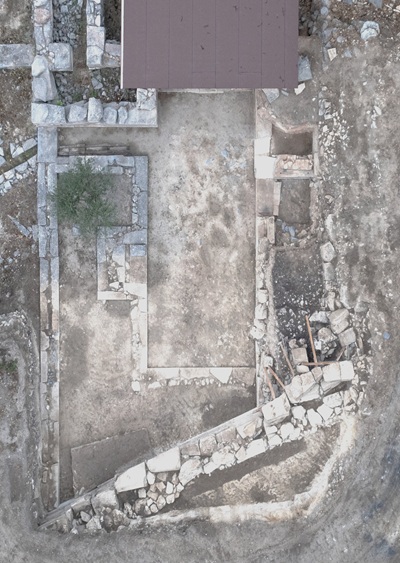
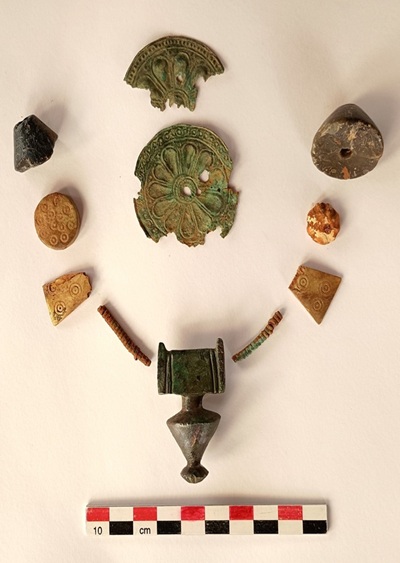


Leave A Comment